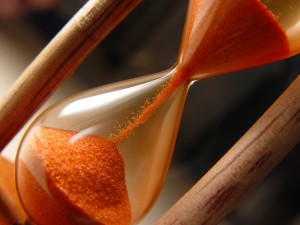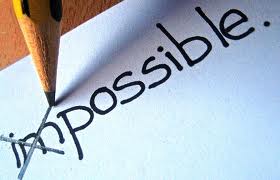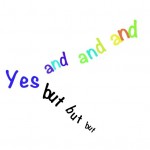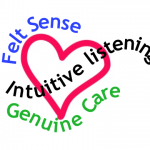 Driving home through the country, a butterfly flew too close to the car. Sucked in by the car’s momentum, it hit the car and died. Miles down the road it happened again. I hated that I was a part of these fragile
Driving home through the country, a butterfly flew too close to the car. Sucked in by the car’s momentum, it hit the car and died. Miles down the road it happened again. I hated that I was a part of these fragile , beautiful creatures’ demise.
, beautiful creatures’ demise.
Then, a few days later coming home from a meeting, a Cardinal flew into my windshield. The loud crack let me know it couldn’t have survived.
Stunned, I wondered if these events were connected; a message from the Universe that I was supposed to understand. That to be alive means that at times we inadvertently kill things? That life is fragile? That I can’t ultimately protect the people and things I care about?
Or, maybe it’s that things just happen; what is, is? The Universe gently letting me know that I’m not always in control of what happens, but I can always choose how I respond to it?
At the end of the day I settle for compassion and a sense of awe at the beauty and fragility of life. Tomorrow? Who knows.










